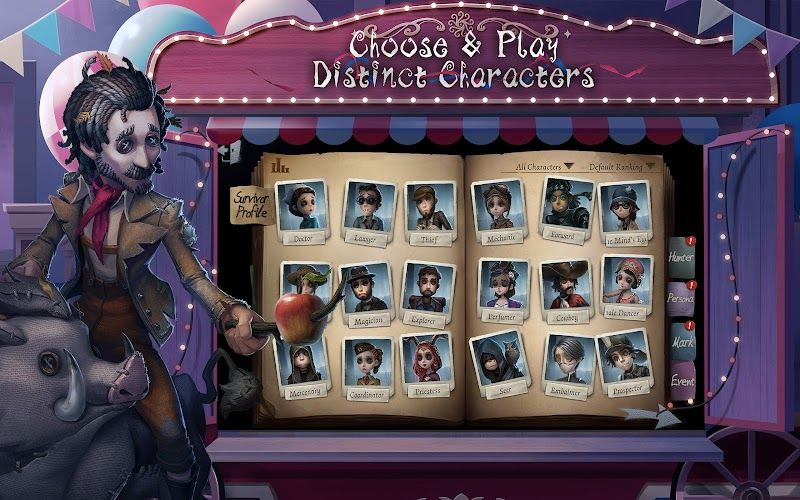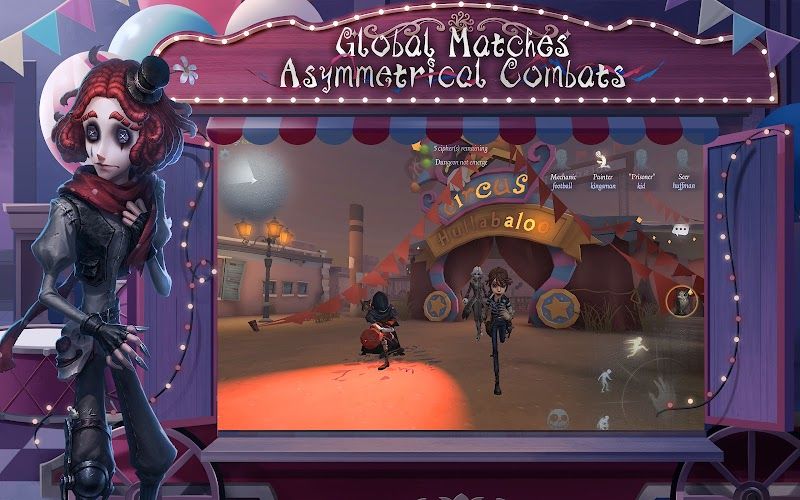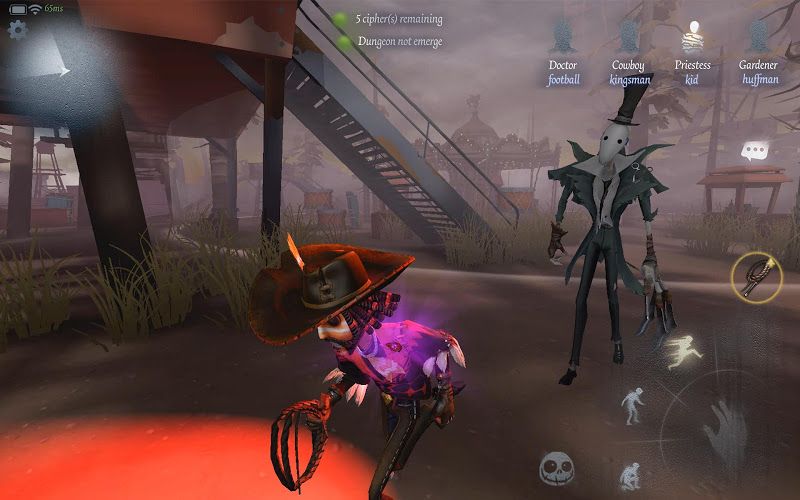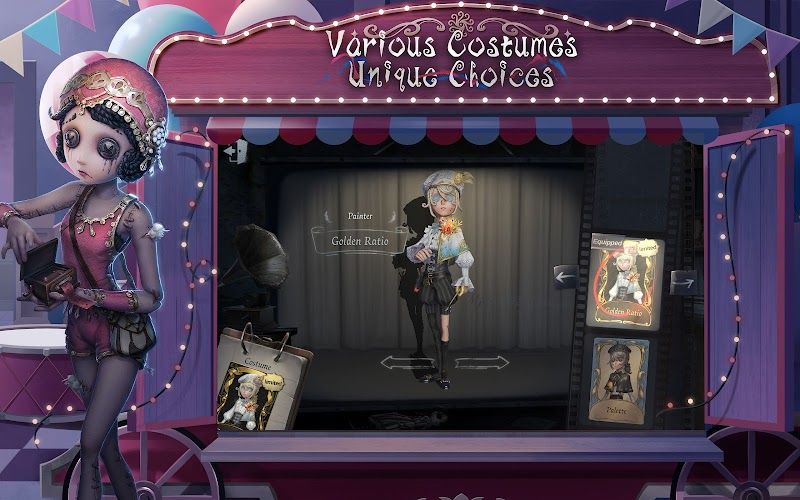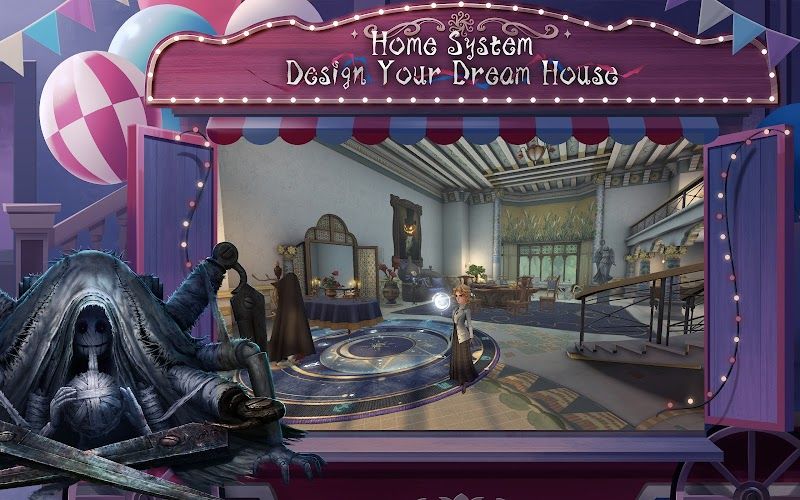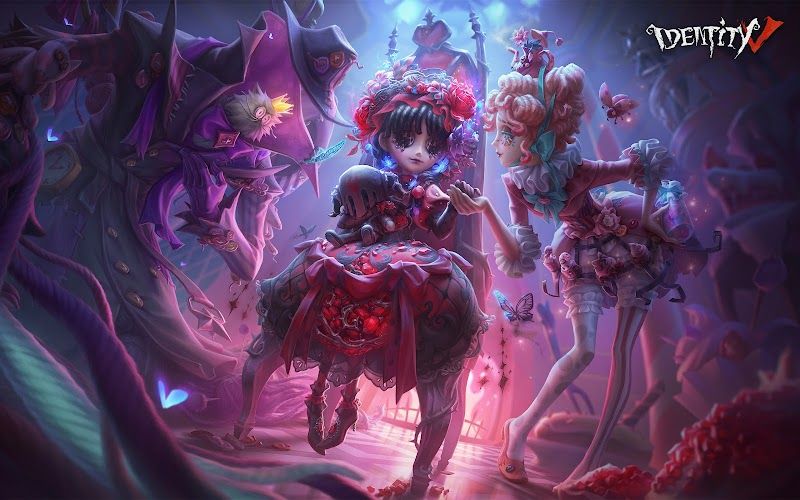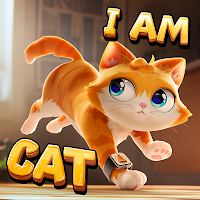As one of the most anticipating title in same genres following its official launch, we will take a look back at the peddler that NetEase Games had developed, and released under the English title “Identity V”. When the game first launched back in 2018, it has since become an international sensation, and so bringing players together with deep narrative and strategic diversity separates itself from your average competitive game.
The visual identity for the game is a blood-tinged mixtape of Tim Burton gothic weirdness, combining Victorian smothers with elements of steampunk to create a ghoulish but irresistible landscape. Characters are drawn with exaggerated proportions and distinct traits — survivors have button eyes that suggest doll-like fragility, while regulators have grotesque, usually tragic features that reflect their backstories. Adding to this visual style is a haunting soundtrack and atmospheric sound design, trapping players in a world where mystery and dread lurk in the shadows.
If there's one aspect of Identity V that's most identifiable, it's its characters, and there are more than 50 playable characters split between both survivors and regulators. Every character has their own skillset and story, resulting in variety amongst play styles. As an example, The Blind navigates via sonar but has limited eyesight, whereas Red Butterfly can teleport over short distances but has a hard time with blind spots. Survivors like Mechanic are masters at decoding cipher machines, while Coordinator is adept at rescuing teammates who have been downed. Survivors, meanwhile, run the gambit from Spider, who spins webs to catch prey, to Photographer, who can create alternate dimensions to cause confusion for survivors.
Customization is made even deeper thanks to talent trees. Players pay for perks such as Oblivious, which muffles footsteps, or Hysteria, which speeds up movement after a rescue. Bottomless Grief may be prioritized by regulators to swap abilities mid-game and Retribution may be prioritized by regulators to increase damage output. These systems enable hyper-specialized builds, like a Mad Eye regulator mashing "Flash" with "Obsessed" and dominating early-game chases.
Narrative is a core component, as players step into the shoes of a detective who is investigating an eerie estate. As matches unfold, shard-like lore fills in characters' tragic backstories—Entomologist, say, was wrongfully imprisoned and now controls swarms of insects to slow chasers down. Designed with each role in mind, this storytelling framework rewards exploration of the game's lore with quests that are specific to the world.
The reason Identity V is still in the game is that it has a good content production pipeline. The seasonal updates also bring new characters, new maps (including Tangren Street), and crossovers from other franchises, including Death Note and Danganronpa. Competitive scenes are also established across Asia, Europe, and the Americas, through various esports initiatives, including the COA Global Championship. Localized versions (Korean, Japanese, etc.) also cater to the cultural significance of such occasions, and various events are designed to engage regional demographics.
An allure of accessibility with depth, it's a technical balance the game strikes. Controls are intuitive, rewarding expertise with advanced techniques like pallet stuns or loop escapes. Mobile, PC, and console platforms are optimized for performance, while global matchmaking is possible via cross-play.
In essence, Identity V goes beyond being another asymmetrical combat game by integrating narrative-driven design. Equal parts stone-cold strategy, personal style, and unnerving atmosphere, it's as much a game about hidden information as it is about beating your opponents. Whether you're coordinating a daring rescue as a survivor or hunting down prey as a regulator, the game is a frantic waltz of wit and reflexes — one that, decades later, is still capturing the imagination of millions worldwide.
By Jerry | Copyright © Game-Nook - All Rights Reserved





 IOS
IOS
 Android
Android

